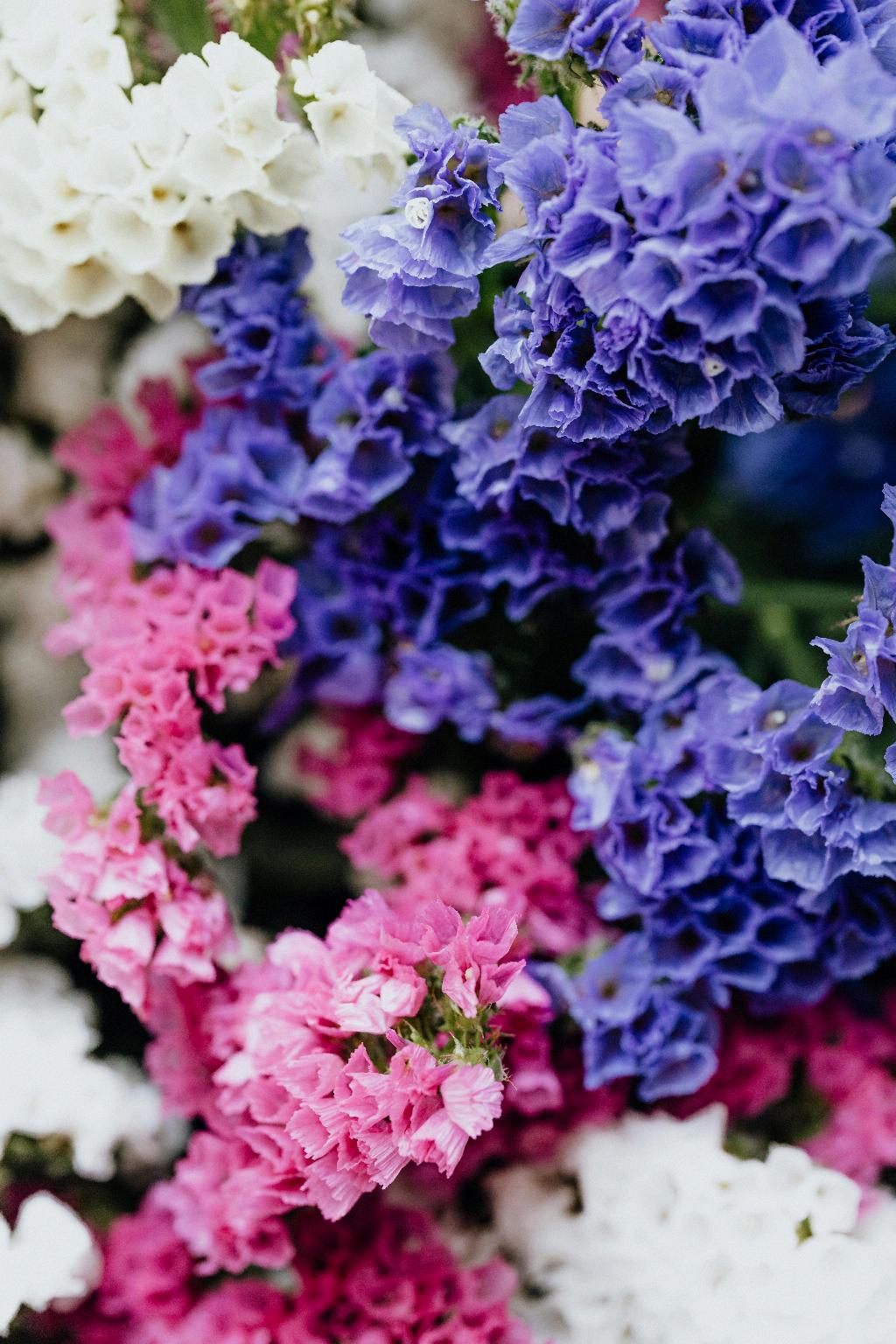Seeing your beautiful hydrangea blooms turn brown can be frustrating, but there are several reasons why this may be happening. One common cause is dehydration. Hydrangeas need consistent moisture to thrive, so if the blooms are turning brown too soon or wilting during the day without recovering at night, it’s a clear sign that they need more water.
If you notice brown spots on the edges of the leaves, it’s a telltale sign that your hydrangeas are not getting enough water. Inadequate hydration can lead to premature browning of the blooms and overall decline in plant health. To address this issue, make sure to deeply water your hydrangeas at least once a week, especially during hot and dry periods.
Another factor that can contribute to hydrangea blooms turning brown is excessive sun exposure. While hydrangeas love sunlight, too much direct sun, especially during the hottest part of the day, can scorch the delicate petals and cause them to brown. If your hydrangeas are in a location that receives intense sunlight, consider providing them with some shade during the peak hours to protect the blooms.
Moreover, nutrient deficiencies can also lead to brown blooms on hydrangea plants. If the soil lacks essential nutrients like nitrogen, phosphorus, or potassium, the plant may struggle to produce vibrant, healthy flowers. Consider fertilizing your hydrangeas with a balanced, slow-release fertilizer to ensure they have the nutrients they need to thrive and maintain their beautiful blooms.
Pests and diseases can also play a role in causing hydrangea blooms to turn brown. Insect infestations, such as aphids or spider mites, can damage the flowers and lead to discoloration. Similarly, fungal diseases like powdery mildew or botrytis can cause browning of the blooms. Inspect your plants regularly for signs of pests or diseases and take appropriate measures to control them.
A pH imbalance in the soil can also impact the health of hydrangea blooms. Hydrangeas are known for their ability to change flower color based on soil pH, with acidic soil producing blue blooms and alkaline soil producing pink blooms. If the soil pH is out of balance, it can affect the plant’s ability to take up nutrients and result in browned or faded flowers. Test the soil pH and adjust it as needed to ensure optimal growing conditions for your hydrangeas.
Furthermore, improper pruning practices can lead to brown blooms on hydrangea plants. Pruning at the wrong time or removing too many flower buds can disrupt the blooming cycle and result in discolored or stunted flowers. Make sure to follow proper pruning techniques for your specific hydrangea variety to promote healthy growth and vibrant blooms.
Inadequate air circulation around the plant can also contribute to browning of hydrangea blooms. Poor airflow can create a humid environment that is conducive to fungal growth and other issues that can affect the flowers. To improve air circulation, ensure that your hydrangeas are not overcrowded and trim back any dense foliage that may be blocking airflow.
Environmental stressors, such as extreme weather conditions or fluctuations in temperature, can also cause hydrangea blooms to turn brown. Exposure to high winds, frost, or heat waves can damage the delicate flowers and lead to discoloration. Take precautions to protect your hydrangeas from extreme weather events and provide them with the necessary care to help them withstand environmental stress.
Lastly, improper planting or transplanting practices can impact the health of hydrangea blooms. If the plants are not given adequate time to establish their root systems or if they are planted in unsuitable soil conditions, they may struggle to thrive and develop brown blooms as a result. Ensure that your hydrangeas are planted in well-draining soil and provide them with the proper care during the planting and transplanting process.
In conclusion, there are several reasons why your hydrangea blooms may be turning brown, ranging from dehydration and nutrient deficiencies to pests, diseases, and environmental factors. By addressing these potential issues and providing your hydrangeas with the care and attention they need, you can help them produce healthy, vibrant blooms that will enhance your garden for years to come.

